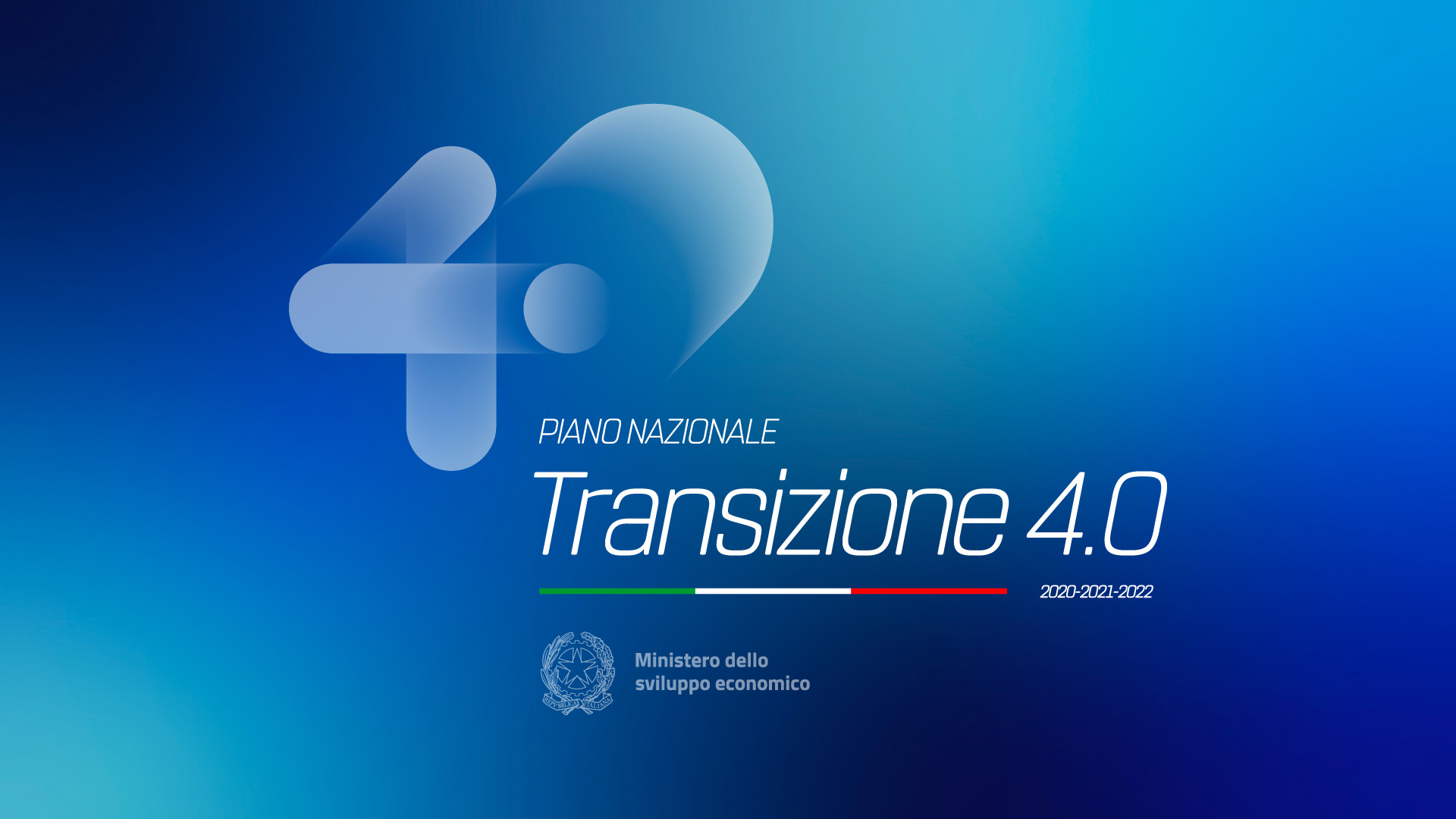Industry 4.0 - All the new benefits
written September 02 2021

At this point part of the common language, the term Industry 4.0 today represents a process of industrial transformation, recognized as the fourth industrial revolution. Its cornerstone is the deep interaction between machines, people and materials.
The name “Industry 4.0” made its first appearance in 2011 in Germany, during the Hannover Messe, as an hypothetical project which gave birth to a working group which, the following, year presented to the German government a set of useful recommendations for the implementation of the Industry 4.0 Plan. On April 8th 2013, once again at the Hanover Messe, it was released the final report which included a forecast of the needed investments in infrastructures, schools, energy systems, research institutions and companies to modernize the German production system and bring local manufacturing back to the top of the world.
Later on, this model was also used by other European countries and became an inspiration for many others national plans that provide incentives and benefits. Italy started to talk about Industry 4.0 in 2016, when the Ministry of Economic Development presented the National Industry 4.0 Plan - 2017-2020 which provided a set of organic and complementary measures capable of encouraging investments for innovation and competitiveness.
The 2021 budget law (n.178, December 30th 2020, art.1, paragraphs from 1051 to 1067) renewed the Transition 4.0 incentives for the companies who purchase interconnected or non-interconnected auxiliary goods (former super-depreciation), keeping the typology of entitlement of the 2020 tax incentive, in other words the tax credit.
So, the 2021 4.0 Transition replaces “Industry 4.0” and, as previously mentioned, from 2020 there was no longer talk of hyper-depreciation but of tax credit, a tax advantage, or rather a credit that taxpayers (a natural person or a company) claims from the italian state, that could be used to reduce taxes, according to legislation.
The transformation of the incentive, however, did not change the technical portion of the 4.0 transition, which remains the same.
There are mandatory technical requirements concerning interconnection and automated integration. But also the process of applying benefits for unspecified auxiliary goods. To keep the benefit the interconnection requirement, as reiteraded by circular no. 177355, “must also be present in the tax periods following the one in which the asset is connected”.
In order to satisfy this requirement, it is necessary the univocal identification of the auxiliary goods, which must be able to exchange information through a bidirectional connection based on documented specifications and internationally recognized standard protocols (such as IP address) with management or planning systems, design, monitoring and more.
With the spreading of the pandemic and the run-up to European funds through the Recovery Plan, the funds available for the new 4.0 Transition Plan total over 24 billion euros, thanks to the Draghi government.
You could find below the main innovations for the 4.0 incentives provided for by the 2021 Budget.
New duration for the measures
The new tax credits are expected to run for 2 years;
The effective date of the measure was moved forward to November 16th, 2020;
It is possible to purchase contracts for auxiliary goods defined before 31/12/2022, to gain benefit from the credit with the payment of a deposit equal at least to 20% of the total amount, and delivery of the goods in the following 6 months (so by June 2023).
For further informations you can check the italian Ministry of Economic Development website. There you could find the New Industry 4.0 Transition Plan.